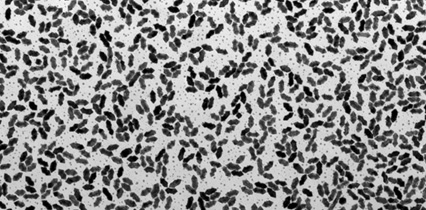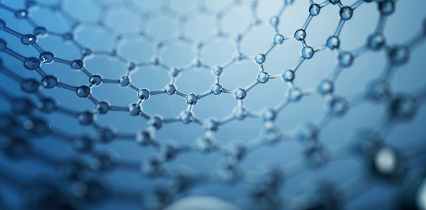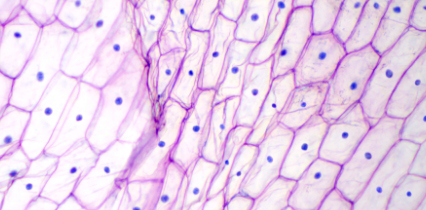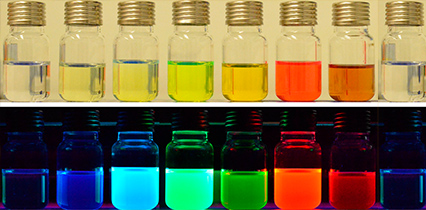Topic areas

Nanomaterials
In the area of nanomaterials, CINBIO primarily concentrates on three research priorities: the study and application of optical and catalytic properties, magnetic and thermal properties, as well as transport properties in various materials and systems. This research aims to advance the understanding of these properties, primarily in the context of the biomedicine area priorities but not limited to it, as this area can have a significant impact on multiple fields of science and technology.
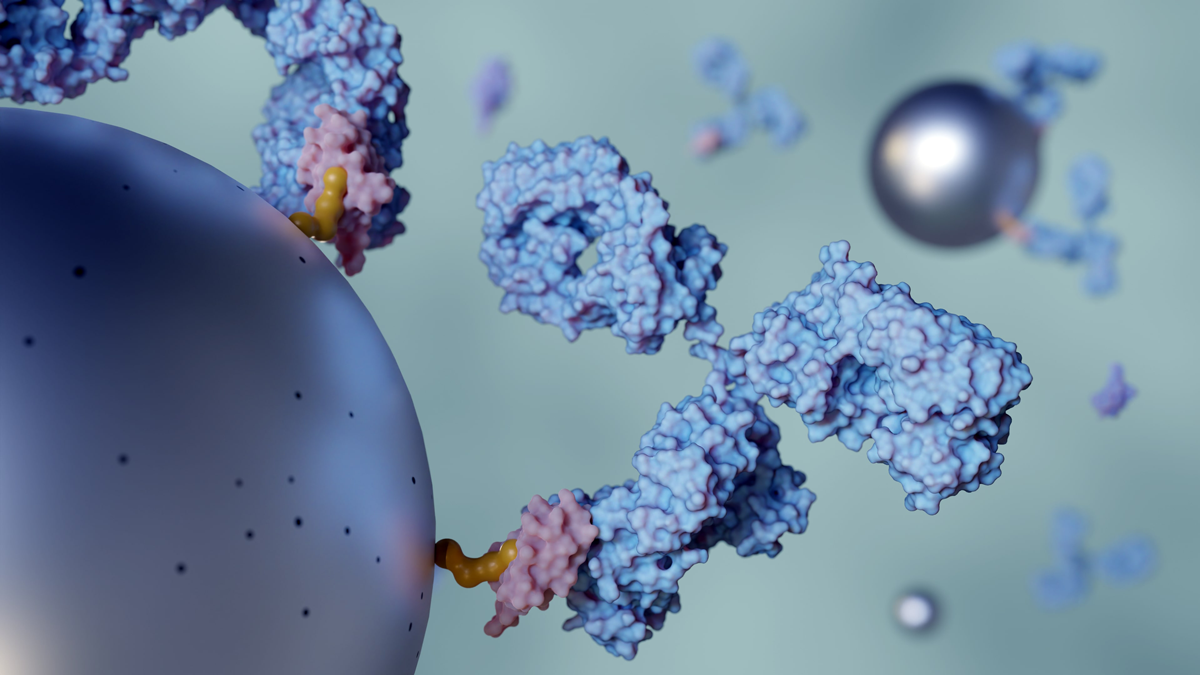
This research line is dedicated to the development of cutting-edge nanomaterials with unique optical and catalytic properties. The research focuses on crafting nanomaterials that exhibit novel optical characteristics, as well as catalytic behaviors, which hold potential particularly in advanced therapy applications and biosensing. Through the innovative use of nanotechnology, we aim to pave the way for the creation of next-generation therapies and biosensors that can significantly enhance diagnosis, treatment, and overall healthcare outcomes.
This research line is focused on the unique characteristics of magnetic and thermal properties of nanomaterials at the nanoscale, we aim to harness their potential for transformative biomedical applications. The research is dedicated to exploring how magnetic and thermal properties can be utilized in the design of novel therapeutic approaches, imaging technologies and sensing strategies. These advancements hold the promise of revolutionizing the diagnosis and treatment of diseases, offering more precise and effective solutions in the field of biomedicine.
This research line aims to develop state-of-the-art nanomaterials that can serve as highly effective carriers for drug delivery in advanced therapeutic applications and imaging technologies. Our work focuses on the creation of novel nanocarriers, combining the unique properties of nanocomposites with cutting-edge encapsulation techniques. These advancements hold great promise for enhancing the delivery of therapeutic agents and improving imaging modalities, contributing to significant breakthroughs in the field of biomedicine.

